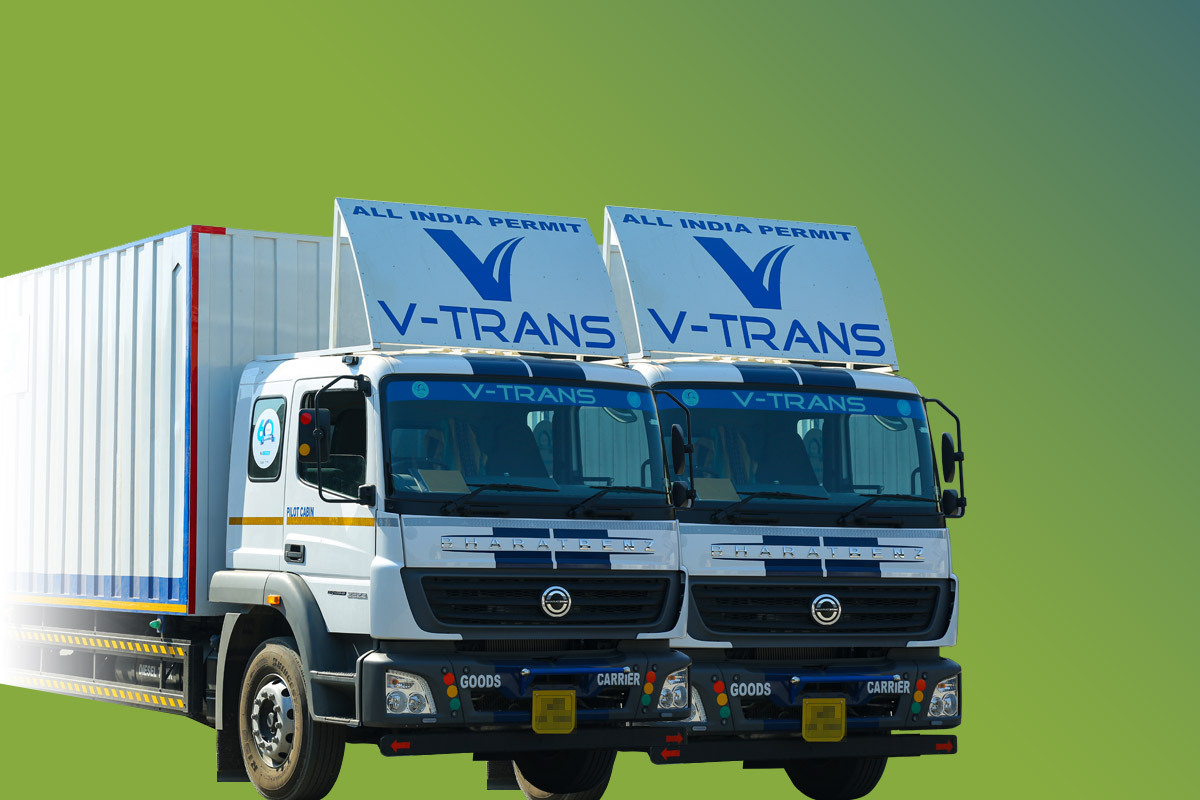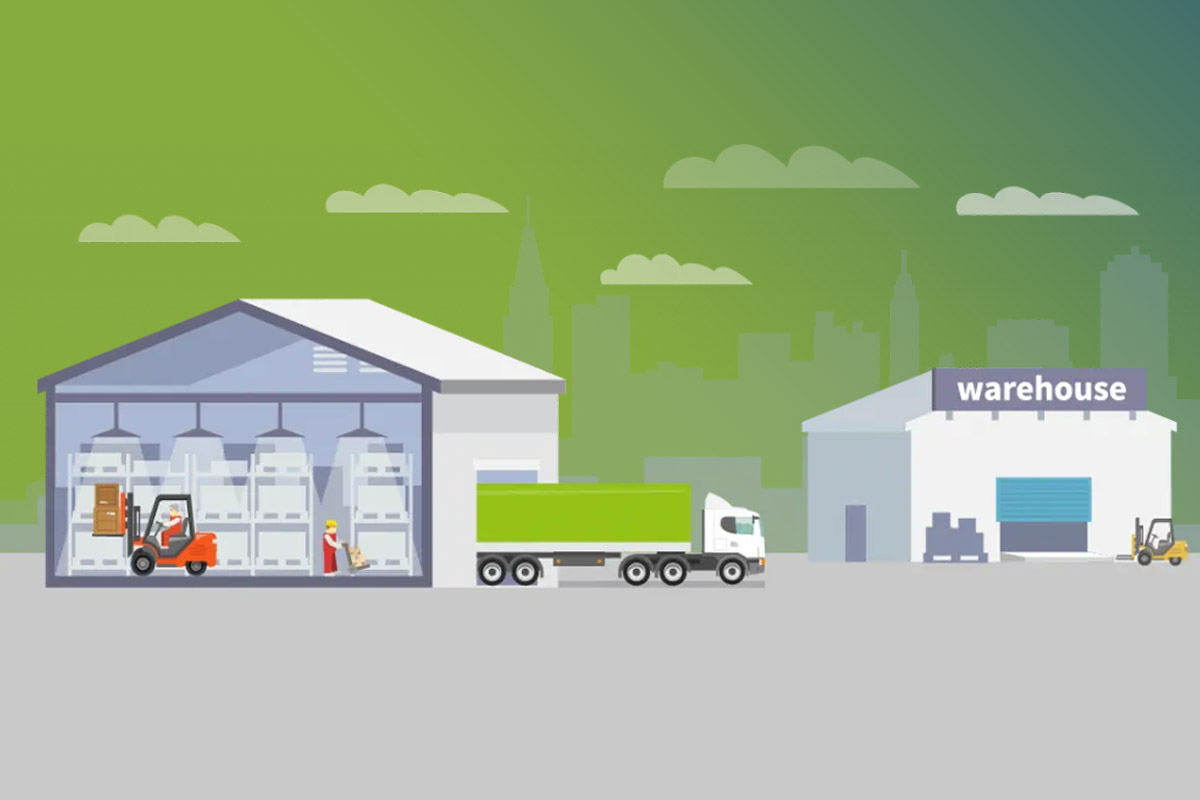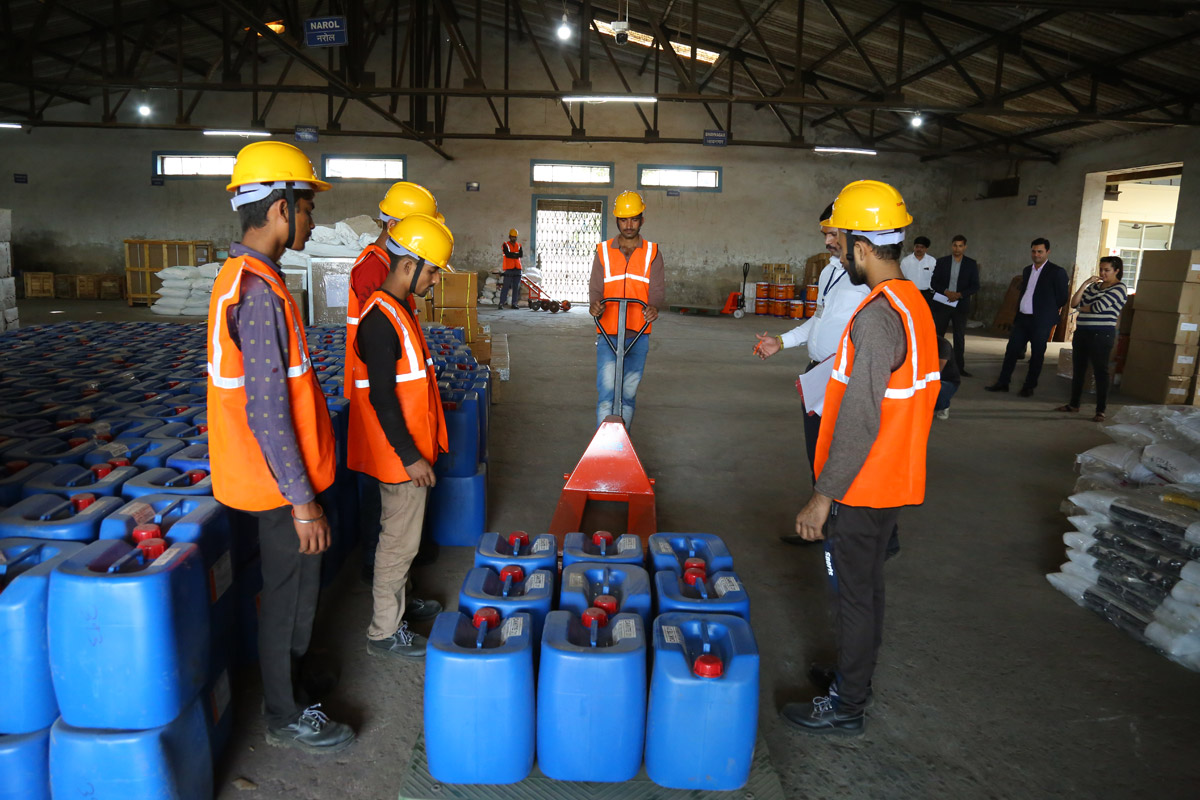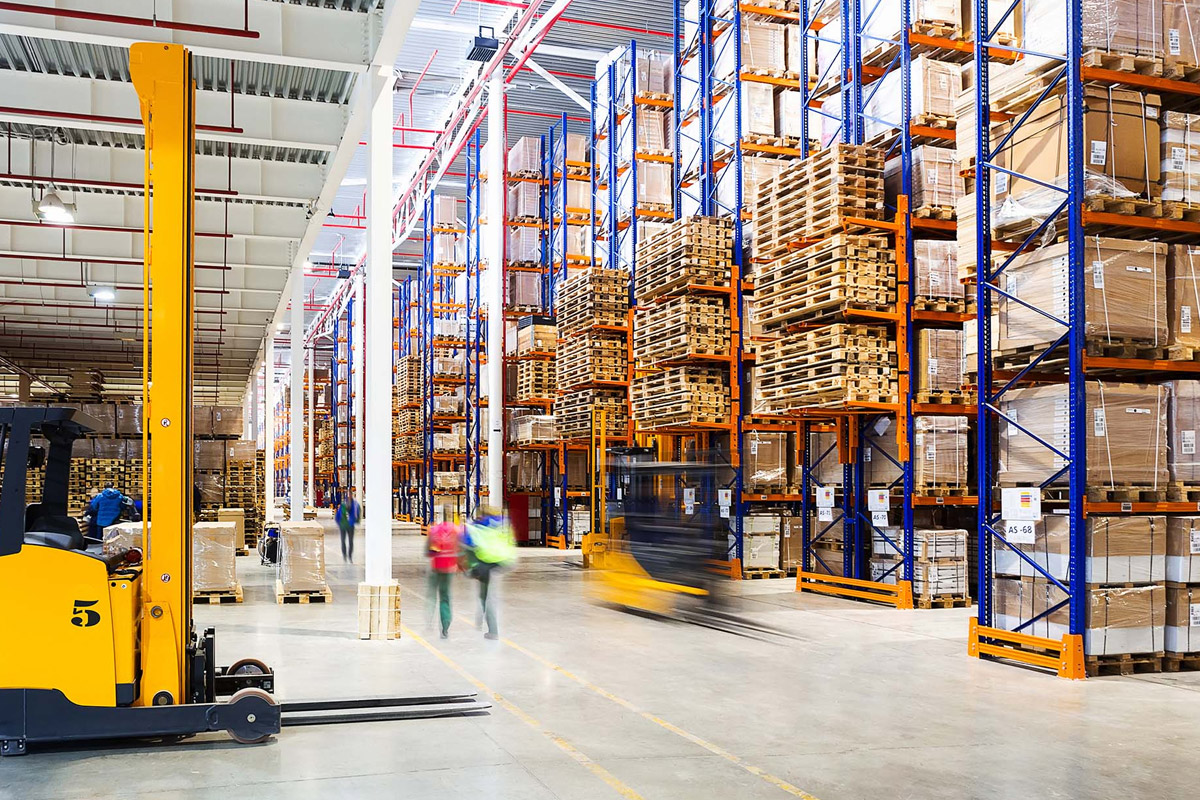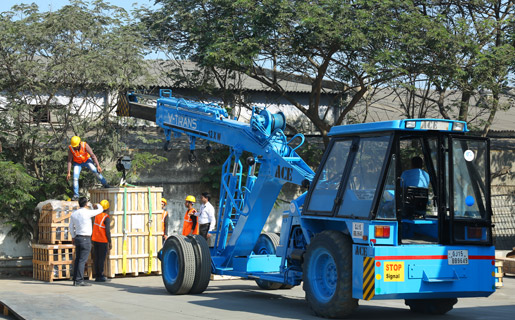What is a full truckload?
Full truckload is known as FTL, TL, or OTR TL (over the road) which denotes surface transportation with semi-trucks. The most general equipment used in it is the class 8 tractor with 53 inches dry van trailer, but it also includes refrigerator and open deck trailers in common. Being the leading logistic service provider in India, we at V-Trans deliver the best logistic solutions to our clients in the form of a full truckload. Here, one shipper’s freight moves on a track at a time, and the shippers do not load the truck fully but completely reserve it.
When should I use FLT?
A logistic service user or provider must take FTL service or deliver it if the process or client demands the following:
- If the transportation demands more than 12 pallets of shipping at a time.
- If the transported-to-be product is highly vulnerable to any kind of damage.
- If the pickup and delivery need to be done at a 100% accuracy rate.
- If the stock needs to be delivered on time.
Similarities FTL holds with LTL
- Both shipping models use roadways as the primary mode of transport, but LTL might use railways sometimes.
- Both LTL and FTL use class 8 types of tractors i.e., semi-tractors.
- Both the shipping model requires a commercial driving license (CDL)
- LTL and FTL both do the palletized form of freighting as their primary approach.
How Full Truckload is different from a Less Truckload?
In the case of FTL. The packers do the packaging in the origin station and the products get their seals unpacked only at the end destination warehouse, but in the case of LTL, the packages get packed and unpacked in several hubs before they reach the destination warehouse from the origination point.
Since FTL freighting involves direct delivery from source to destination the cost incurred in it won’t be of the much higher price that any firm to worry about, but in the case of LTL, the story is different. LTL involves transporting goods to several hubs before moving to destinations and even if a delay of 15 mins is made by the driver, it incurs a great cost jump in the overall expense for the firm.
The freight class of the shipment also varies in terms of FTL and LTL, where, in FTL the freight class-based costing does not make a huge impactful change in the overall cost of the logistic process, whereas, in the LTL, the freighter must look on the class to have control over the cost of the carriers.
Weighing-based price fluctuation happens in LTL most commonly when compared with FTL. In FTL, the carrier weighs the load in a single weighing station to check whether it exceeds the limit of 80,000 lbs. and if things are fine there will be no more weight checks, but in LTL, if there is a change in weight of the carrier when compared to the list then there might be a change in plan as well as pricing.
The transit time is another differentiating factor between FTL and LT, where in FTL the stocks get delivered directly to the destination without any halts or changes in hubs, and hence, the delaying factors will be minimal troubling ones like traffic, speed rate, etc. In the case of LTL, there will be several differentiating factors that cause delay.
When it comes to taking up the pickups the FTL drivers go on with the firms’ appointment standards but in the case of LTL, it works on a first come first serve basis. Similarly, there is also a notable difference between the trailer specs where the FTL has 53-inch trailers with 102″ width and a height of 110″. In the case of LTL, the trailer is the same 53 inches with 102″ width size and 96″ height.

